By Thierry Pouille
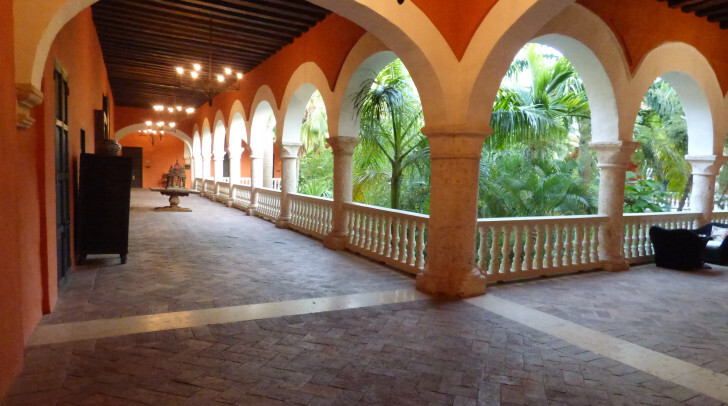

For many years Colombia’s civil and drug wars made Cartagena a no-go zone for travelers. But things have changed tremendously in Colombia and today it is a great destination—a beautiful colonial city that has retained most of the buildings built by the Spaniards.
Cartagena is located on the northern coast of the South America continent and faces the Caribbean Sea.
The city was founded by the Spanish in 1533 and is a UNESCO World Heritage Site because of the existence of the original colonial walled city and the fortress. Keep in mind that before the Spanish empire indigenous people lived in what is now Cartagena all the way back to 4000 BC.
Getting There
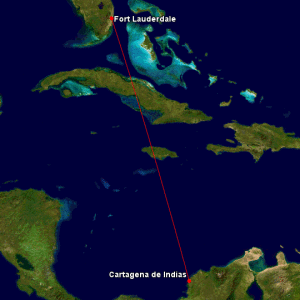
Before leaving the U.S. remember to file an eAPIS departure report with U.S. Customs and Border Protection. There is no need for a Caribbean eAPIS since Colombia is not a part of the Caribbean aviation coalition.
Flying from Florida to Cartagena is not complicated. It is about 1,000 nautical miles on a straight line from Palm Beach or Fort Lauderdale. The dominant wind will give you a push, and it’s a pretty straight flight over Cuba (an overfly permit is required), then overflying Jamaica. If need be, refueling can be organized in Kingston at a very, very attractive price and with a very fast turnaround.
Approaching Cartagena you are going to be talking to Barranquilla ATC, which will set you up for the approach to the airport where you have only one runway aligned south-north; the dominant wind is from the north.
There is no taxiway, and since late last year there is a local FBO on the east side of the runway that provides excellent service, very cheap fuel, and offers immigration and customs at most hours of the day. All of this service doesn’t come cheap. That is why it is important to arrange your arrival ahead of time; if so, everything should stay below $800 (plus fuel) for a short stay in Cartagena.
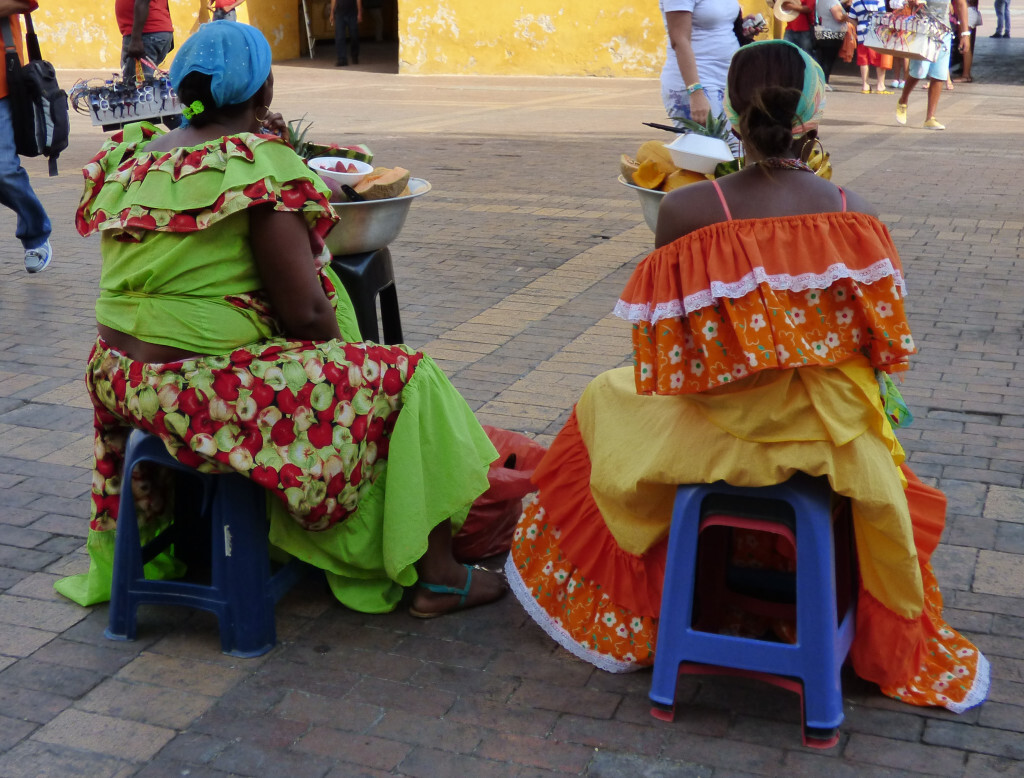
You will need proper documentation, of course—a passport for everyone on board, as well as pilot license and medical. Note that if Cartagena is the starting point of any journey further south and you have an ATP certificate, Peru and Ecuador require at minimum a second-class medical that is no more than six months old, even if it is a Part 91 flight in your own airplae. This is a new requirement that can easily be overlooked.
You must notify Colombia prior to your arrival, but most important if you expect to continue on or return to the U.S. via Panama, an overflight permit is required; the local FBO can handle that on your behalf.
Where To Stay
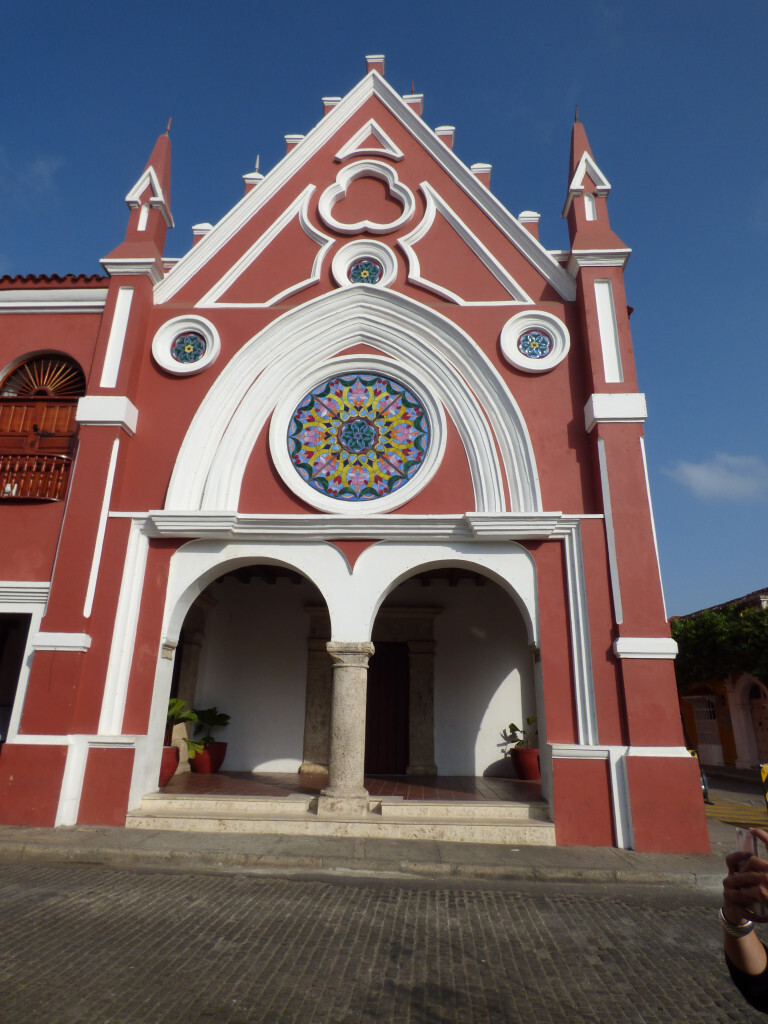
After disembarking, refueling the plane, and setting up all of the paperwork, you’ll take a short—15 minutes at most—taxi ride to downtown Cartagena, within the walled city.
Of course you must to stay in the old city and avoid all of the modern buildings. We like the beautiful Sofitel Santa Clara, a restored monasterio in downtown not far from the seaside. The hotel provides you with a unique ambiance, excellent restaurant, and beautiful rooms for every taste. It has a spa, swimming pool, and excellent service. You also can choose from a number of small boutique hotels, some more luxurious than others.
Downtown is indeed a fun place to stay. It is very safe, and all of the hotels in the old part of the city give you plenty of opportunity for walking and discovery. Not to be missed is watching the sunset from the top of the walled city at one of the café del mar bars, sipping one of the local concoctions accompanied by exciting music.
In downtown Cartagena you’ll want to see the cathedral, the colonial architecture, streets with overhanging balconies, and the central park with the famous statue of Simon Bolivar, the revolutionary who led the nation to independence. On the outskirts of the city the sturdily built San Felipe de Barajas Castle overlooks Cartagena. Your tour is not finished until you climb on top of the hill for a beautiful view overlooking the Caribbean, the Island of Tierrabomba, the walled downtown, La Boquilla, the northern zone, and the airport. This is also where you have the Convento de la Popa.
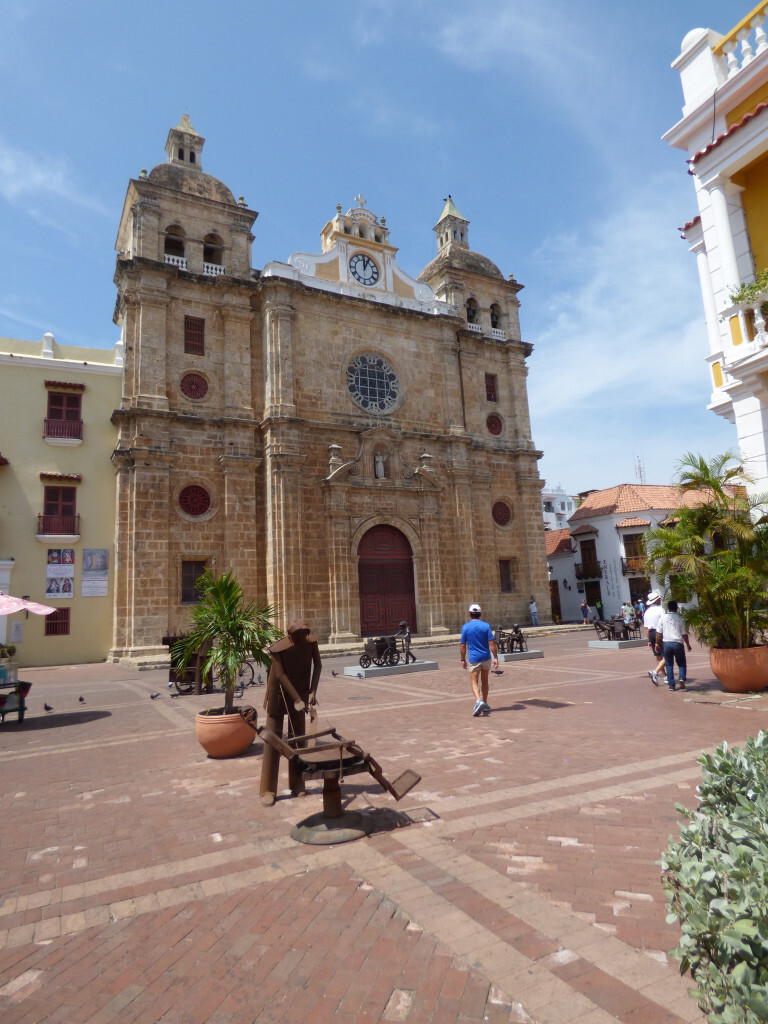
The city is an interesting place to spend some time. It has a lot of art, a lot of shops—the emeralds of Colombia are some of the best-looking in South America and are not to be missed—and life is pretty inexpensive.
For those who want to spend more time in the area, take a boat across the harbor to visit a couple of islands. The best beaches are in Rosario Islands National Park located about an hour’s boat ride offshore. Enjoy sand as white as talc and aquamarine water that is as clear as glass on Isla Grande.
This is why Air Journey says Cartagena is a must-see stop on trips to South America. A visit there always turns out to be a fantastic and positive discovery for all of our adventure travelers.
Thierry Pouille is the founder of Air Journey (www.airjourney.com), which offers aircraft owners and pilots escorted and concierge tours for destinations around the world.
